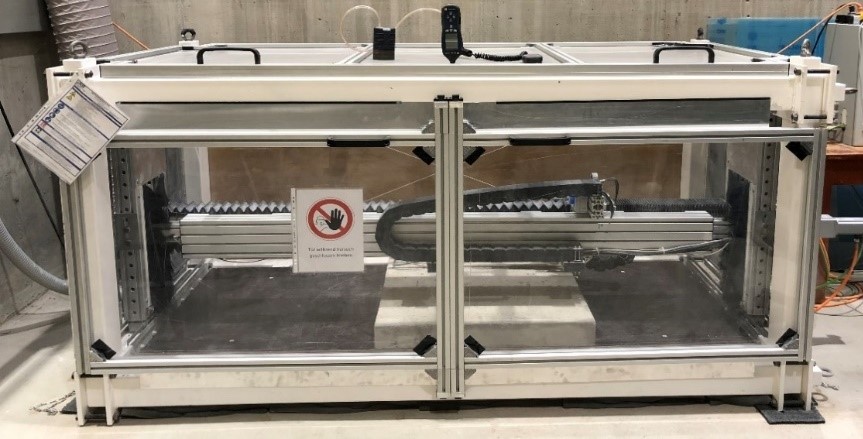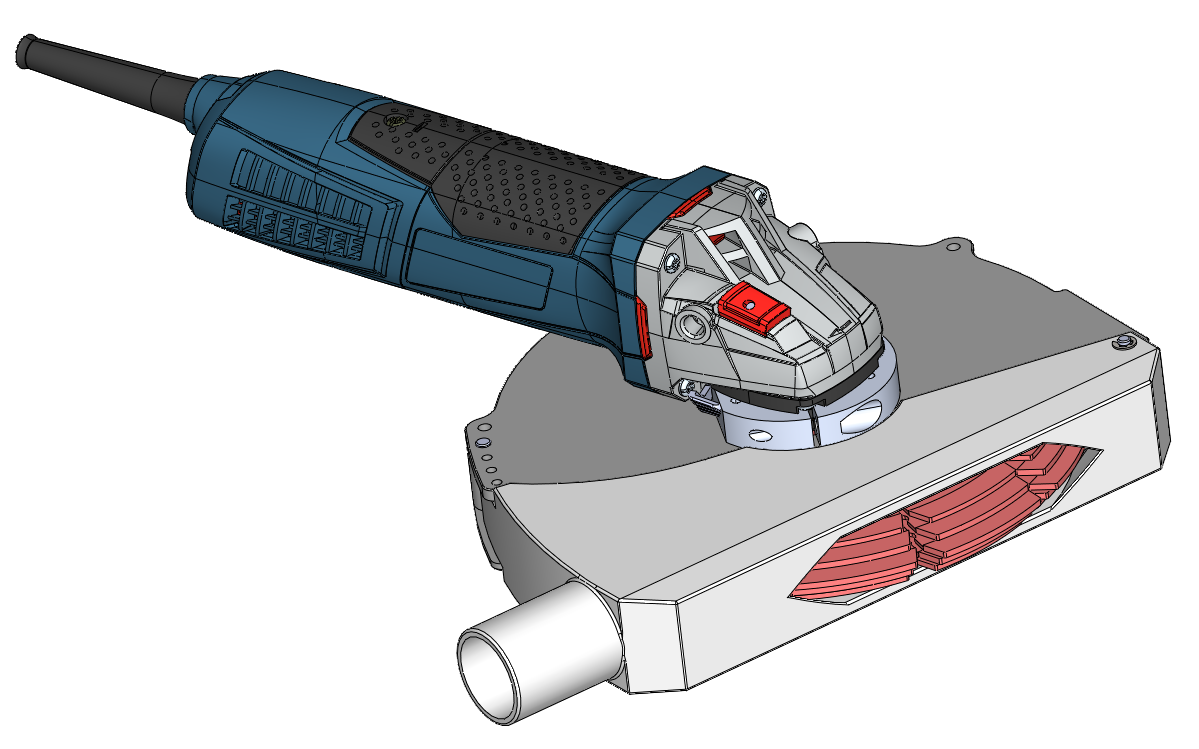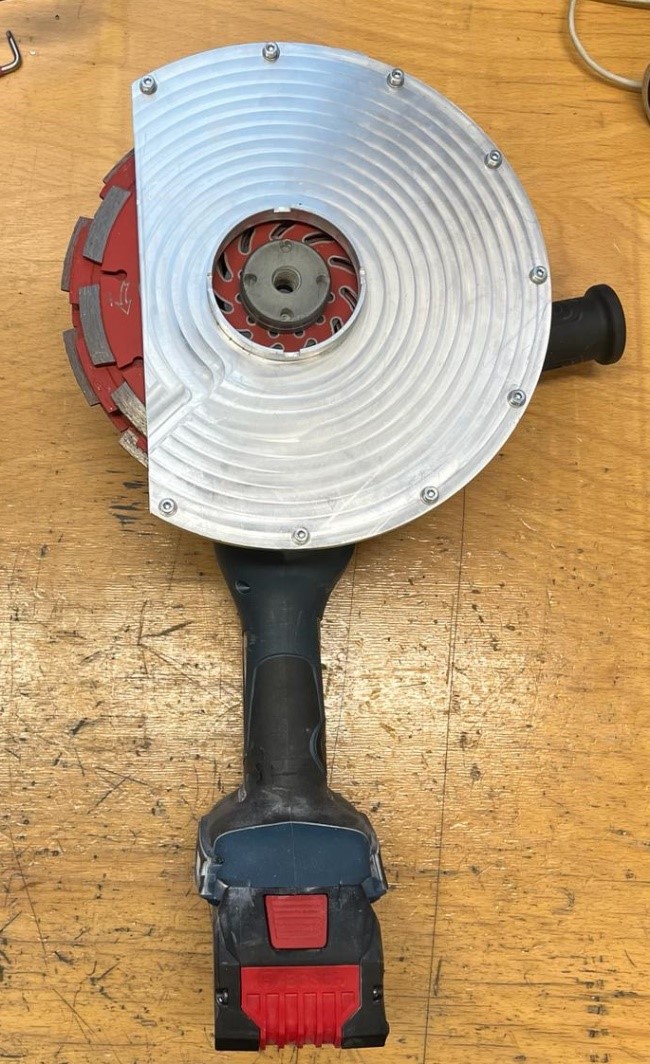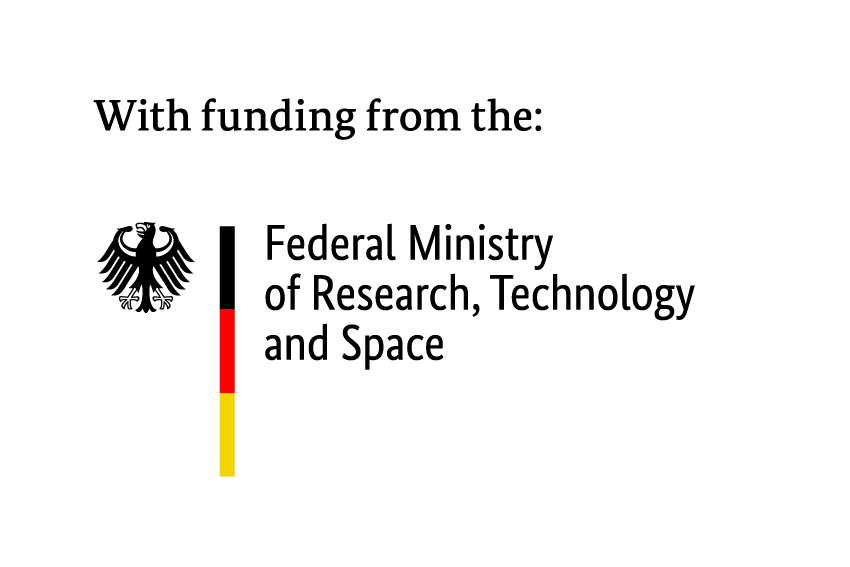Advancement of a demonstrator for dry-mechanical decontamination of corners and inner edge in nuclear facilities (EKONT-2)
- Contact:
- Funding:
Federal Ministry of Research, Technology and Space
- Partner:
- Startdate:
01.07.2023
- Enddate:
30.06.2026
When dismantling nuclear facilities, surface decontamination of the premises must be carried out to ensure that the existing building structure is free of contamination. Typical nuclear power plants in Germany have 100,000 m² to 450,000 m² of concrete surface, which must be decontaminated for successful clearance measurement. Usually, decontamination is carried out by removing the surface to the depth at which contamination is no longer present.
Discussions with dismantling companies and nuclear power plant operators have shown that corner and inner edge decontamination in particular has so far been done with hand-held devices. Tools such as needle guns and grinding devices are state-of-the-art. These devices were originally used for renovation work and were therefore not specifically developed for the decontamination of buildings. In addition to the low performance of the devices, the uneven surface that is left behind and the high physical strain on the workers, the lack of extraction also contributes to the limited suitability. The lack of extraction also comes with the use of additional industrial vacuum cleaners, which makes the already complex and tedious work even more time-consuming. In order to counteract these difficulties and problems and to provide an improved solution for the decontamination of corners and inner edges, the project EKont (EKONT-1) was realized. The aim of this project was to investigate the performance parameters of the currently used devices and to find ways to improve. For this purpose, several demonstrators have already been developed and tested in a test setup. Since some possible improvements have occurred in this project, another research project (EKONT-2) is executed, which builds on the existing EKont project.


development status 2024
@ EKONT-2 joint project, 2024

intermediate optimized diamond discs
@EKONT-2 joint project, 2024

